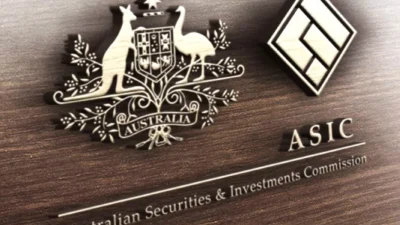SMSFs having little impact on residential property


Despite concerns expressed by the Reserve Bank, self-managed superannuation funds (SMSFs) are unlikely to be significantly impacting the residential property market, according to the Association of Superannuation Funds of Australia (ASFA).
In a submission filed with the Senate Inquiry into Affordable Housing, ASFA noted the Reserve Bank’s concerns that an increase in property investment by SMSFs might exacerbate property price cycles, but said that investments by SMSFs represented only a relatively small proportion of overall property sales.
“Each year in Australia there are between 360,000 and 450,000 residential property sales. Around 20 per cent of these are first home buyers, 60 per cent are repeat purchases by owner occupiers and around 20 per cent are by investors,” the submission said. “The total number of investment property purchases are likely to be around 70,000 to 90,000 a year.”
It said that based on the ATO figures and assuming an average purchase price of approximately $500,000, which is around the median for residential property purchases, the number of residential property purchases by SMSFs supported by borrowings might have been a low as 3,000 in 2011-12 if allowances were made for other investments, such as shares, purchased through limited recourse arrangements.
However the ASFA submission said it was difficult to be definitive given the lack of hard data and that the latest Australian Taxation Office (ATO) data related to the position of SMSFs as at June 2012 and “since then there appears to have been an increase in the activity of 'property spruikers’ strongly pushing residential real estate purchases by SMSFs”.
The submission said it was also possible that some SMSFs might not have been filling in their returns to the ATO correctly in circumstances where borrowings reached $6.3 billion in June 2012 but the value of assets supposedly related to limited recourse borrowings was only $2.3 billion.
Recommended for you
Treasurer Jim Chalmers has handed down his third budget, outlining the government’s macroeconomic forecasts and changes to superannuation.
Online investment adviser and fund manager Stockspot has introduced Stockspot Super, Australia’s first 'ETF only' superannuation product. superannuation product.
ASIC has called on superannuation funds to improve their oversight of advice fee deductions following an investigation of 10 trustees that found $990 million was charged in one year.
With just 30 per cent of Australians knowing their superannuation balance to the nearest $1,000, Findex has emphasised the role of financial advice in addressing the critical super knowledge gap.















